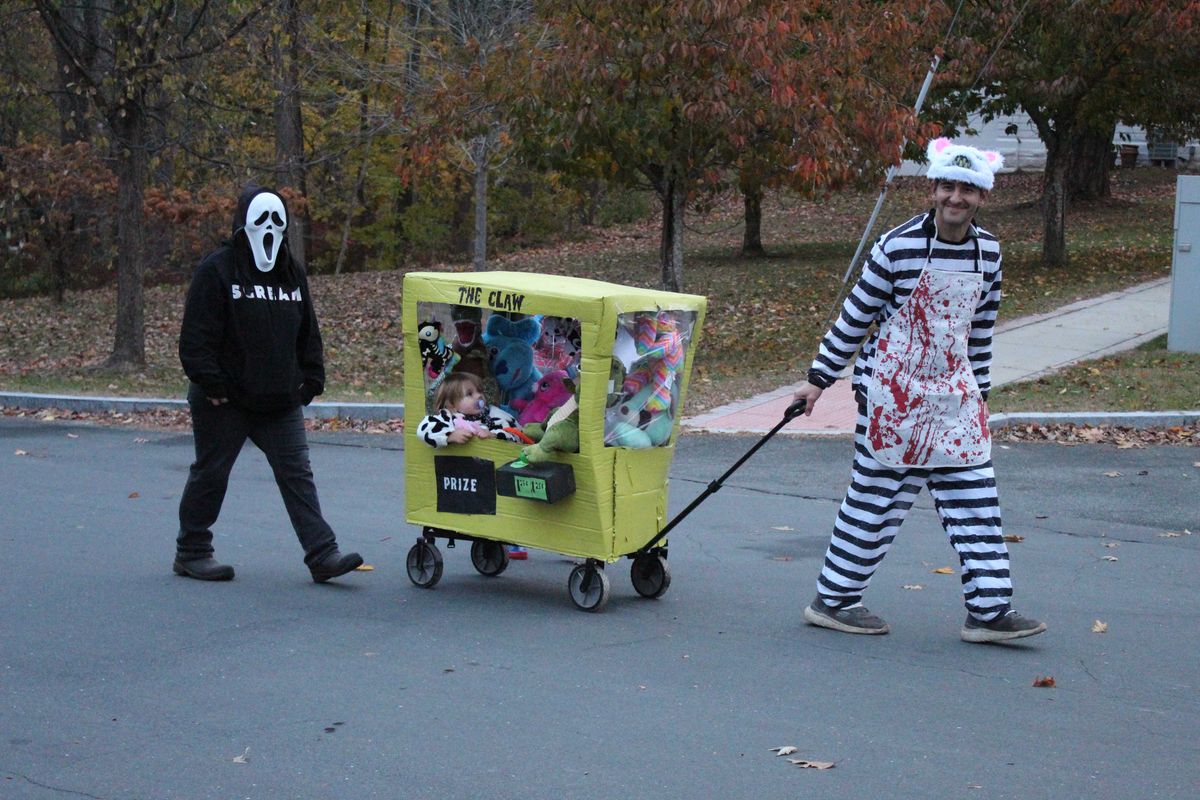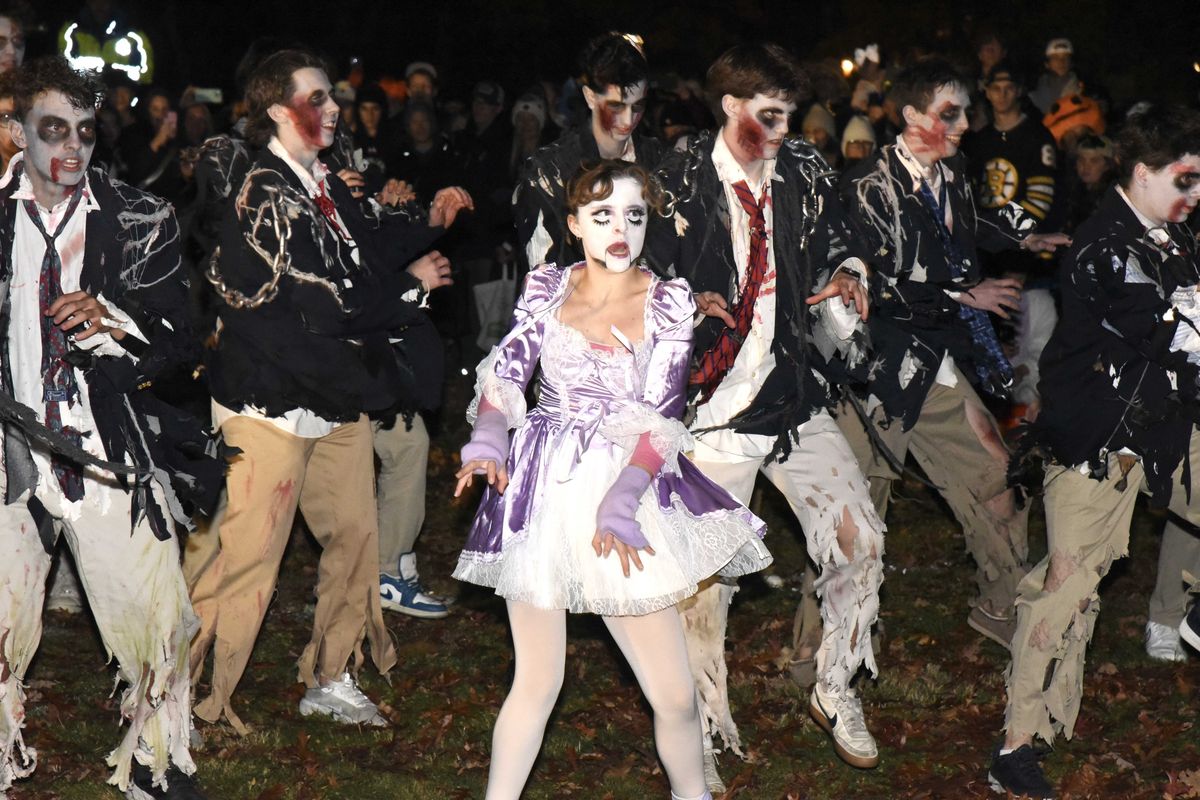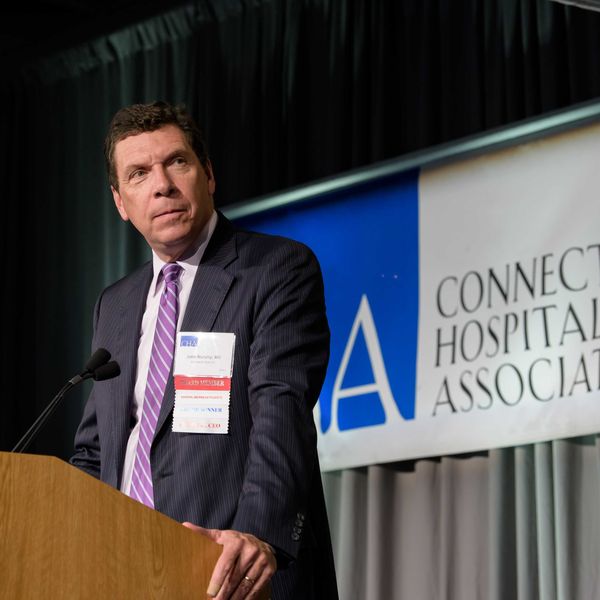Latest News
Industrial society is over
Nov 05, 2025
Ever since the beginnings of the Industrial Revolution about 200 years ago, the world has been shaped with the maxim to end of piece work, terminating most cottage (meaning single person) output, and transitioning to a cohesive workplace where workers come together, each as part of the process, manufacturing goods, services, and product. Factories became the norm, mines were reorganized to train miners each to a singular task, leather workers tasked with portions of the whole making shoes as component parts, wheelwrights tasked for single spokes instead of the whole wheel, engine builders becoming specialists with pistons, cranks, molding individually, never together.
The whole point of the industrial society is that you mastered a single task and were a repetitive integral part of that physical process, making corporate end product dependent on assembly of product designed and compartmentalized to allow corporate structure to oversee the whole. We became an industrial society – workers and management, services and delivery, sales and marketing.
Some say we are now in a new industrial revolution. Revolution? For sure, but industrial? When every component portion of industry can now be made by machine or robotics, the age of humans fitting into the old Industrial Revolution pattern is over, redundant. We’ve begun a move to the knowledge revolution, wherein only knowledge and individual learning and intelligence determine societal structure.
Look, a robot can easily replace a car assembly worker. $35,000 and you’re done; a new “worker” capable of 24/7 operation, no pension, no benefits. For every 50 robots you need a technician, a knowledgeable technician, a human currently (until robots simply unplug, allow a replacement automatically in place, and take themselves off to a scrapyard). Same goes for all miners, truck drivers along freeways, airlines wanting AI and only one pilot in the cockpit, Madison Ave. using machine learning to design marketing campaigns, or Amazon firing warehouse workers for robots.
Some current trades, often thought of as menial labor, will have to reap greater respect. The knowledge of a plumber, fixing existing pipes and sanitation, are very specifically specialist-empowered — plumbers are a knowledge based industry. As are electricians, doctors, nurses, astronauts, teachers, and a host of other “trained” humans with complicated variables in their learning and output. Training is gaining knowledge, experience is improving that specialist knowledge — knowledgeable people are indispensable in the new society we are forging.
But the truth is, the shift from industrial to knowledge-based societal structures will be painful. The least educated will be — as they were in the mid-1800s — the worst hit. Deemed marginal consumers, marginal capitalist participants, some in power will either seek to take advantage by claiming to be “on their side” for political control or politicians in power will degrade social and medical services to allow the poorest, least educated, to perish. Make no mistake, there are already restructuring forces at workin America — either by design or by inevitable outcome of the switch from industry to knowledge. Gone already are the lifetime jobs’ plans and structures, job mobility is already the norm. Education (gaining knowledge and therefore a place in the new societal structure) has become more and more expensive — increasing the societal divide. Apprentices are gaining traction, as they did in the 1800s, to ensure specialist knowledge supports a sustainable societal future — everyone needs a plumber, car mechanic, nurse, electrician.
It is a brave new world, one which may well flourish, but currently is being undertaken by subterfuge, hiding the reality from civilians, workers, families — all who want to plan for their future. Without knowing what the future may hold — unless you are an architect or purveyor of the new knowledge society — most people haven’t got a clue. And history has shown that deliberate — but secret except for a few at the top — new societal change is going to hurt everyone, everywhere. The question is: How big will the backlash be?
Peter Riva, a former resident of Amenia Union, New York, now lives in Gila, New Mexico.
Keep ReadingShow less
125 years ago — November 1900
The wooden bridge which spans the Farmington river at Robertsville collapsed Tuesday. Clarence Deming with two horses, wagon and a load of lumber, was precipitated into the river but not badly hurt.
The Cutlery Handle Co. has been compelled to install a steam engine in their factory, the water being too low to operate the plant.
Richard Paddock and wife of Cohoes, N.Y. spent Sunday with their son Walter N. in this village.
100 years ago — November 1925
Carl Stoeckel, one of Connecticut’s leading citizens and the patron of the far-famed Norfolk music festivals, which brought the world’s greatest conductors, composers and musicians to Norfolk, died at his home at Norfolk Sunday morning, following an illness of several months.
LIME ROCK — On Saturday night the Hallowe’en jokers left a robe on Mr. Hunter’s piazza. The owner can secure same by calling for it.
Because of numerous statements to the contrary the present owners of the Holley Block wish to state for the sake of accuracy that the removal of the post office from its present quarters was not due primarily to an increase in rent as stated in last week’s Journal. The government paid the former owners of the Holley Block $35 per month including heat and light for the present quarters. The new owners asked the government for $50 per month including heat, light and much needed sanitary arrangements.
50 years ago — November 1975
The just-released draft of Connecticut’s “Phase II” Rail Plan has set a $783,000 price tag on purchase of the 35-mile Berkshire rail line from New Milford to Canaan. The state plan recommends that the trackage between New Milford and Canaan, set for abandonment by Penn Central, be purchased by the state.
In response to numerous requests, The Lakeville Journal will advance its publication schedule beginning next week so as to be available to many readers Wednesday afternoon with fresh news and advertising. The objective will be to reach post office boxholders and newsstand purchasers in Lakeville- Salisbury, Sharon and Canaan and newsstand customers in Millerton, N.Y., on Wednesday.
The Brothers Restaurant in Lakeville was sold this week to Chris Andronis of Hartford. Mr. Andronis and his son, George, will be running the restaurant. Mr. Andronis said the menu will remain the same for a while with future plans to enlarge the menu with more offerings of Greek style food.
25 years ago — November 2000
KENT — Voters turned out at the polls Wednesday to overwhelmingly support spending $200,000 to defend the town’s interests against the Schaghticoke tribe’s quest for federal recognition and narrowly approved a $7.65 million school project. In a vote of 489 to 127, residents voted to support the Board of Selectmen’s request to spend up to $200,000 to investigate the Schaghticoke tribe’s bid for federal recognition and land claims.
U.S. District Judge Michael A. Ponsor approved the 400-page consent decree last week, paving the way for the multi-million-dollar cleanup of polychlorinated biphenyls left in the Housatonic River by the operations of the General Electric Co. plant in Pittsfield.
FALLS VILLAGE — The future of the fomer National Iron Bank on Main Street was decided in a referendum Oct. 17, when it was agreed that it will be used for Town Hall offices. But much of the building’s past remains a mystery. Original blueprints and papers no longer exist, no one seems to know the name of the architect or any of the workmen and there is some dispute about the year the structure was built.
Students from Housatonic Valley Regional High School learned to brake, skid and corner safely at a driver training session offered through the Skip Barber Racing School at Lime Rock Park. The program, sponsored by the Housatonic Youth Service Bureau and developed by instructor Bob Green, was attended by 42 students.
The Mountainside Cafe has opened and his serving coffee and espresso-based drinks from 6 a.m. to midnight, seven days a week, at the former Fast Tracks on Route 7 in Falls Village.
These items were taken from The Lakeville Journal archives at Salisbury’s Scoville Memorial Library, keeping the original wording intact as possible.
Keep ReadingShow less
Collecting candy in Falls Village
Nov 05, 2025
One prize was not like the others in this mobile claw game on Halloween.
Patrick L. Sullivan
FALLS VILLAGE — Trick-or-treaters descended on downtown Falls Village Friday, Oct. 31, for a Halloween celebration.
It was chilly and windy but that didn’t deter anyone.
Liz Ives of the Off the Trail Cafe was in a spooky scarecrow costume. Her husband, Howie, opted for a bloody butcher’s apron and a disturbingly realistic pig head mask.
By the cafe door was a casket with appropriate decorations. Liz Ives said she found it in the cafe’s basement, dusted it off and deployed it.
Judy, Dave and Resha Jacobs were in charge of the caboose, which was decked out with assorted bats, pumpkins and spiderwebs. A steady stream of costumed children carefully made their way inside for candy.
Sandy Rhoades did not have his full magician’s regalia. “I’m 86,” he said, settling into his folding chair.
“But I do have something in my pockets.”
This turned out to be a slight-of-hand routine involving pumpkin-shaped sponges, which Rhoades used on a group of older revelers, who whooped with delight.
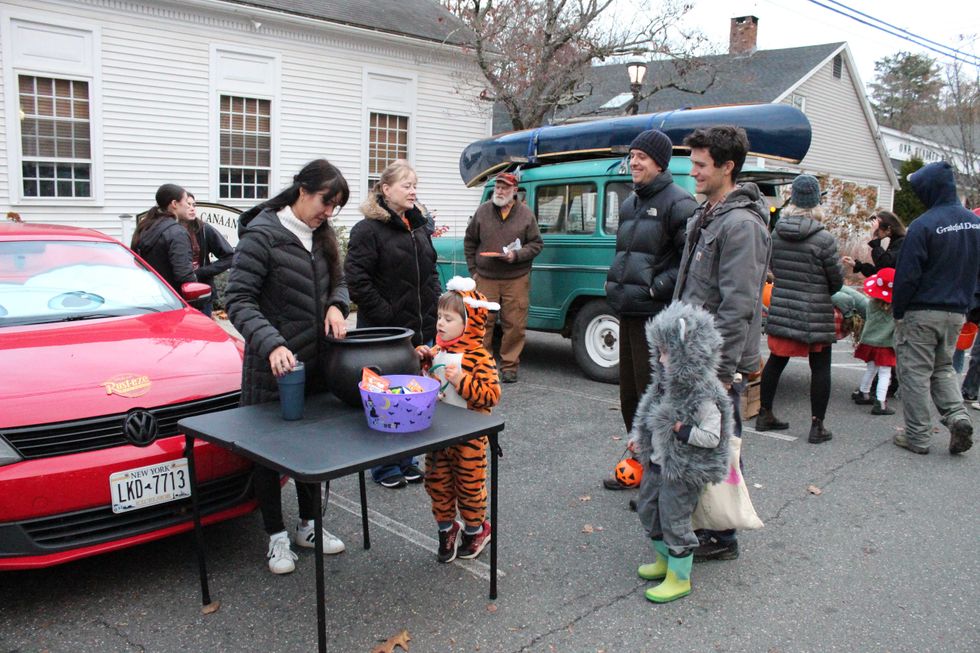
Keep ReadingShow less
Kent becomes Halloweentown
Nov 05, 2025
Zombies and other frightful creatures took over Kent on Friday, Oct. 31, for a night of all-around spookiness. South Kent School students, seen above, performed the “Thriller” dance at the Golden Falcon Lot.
Lans Christensen
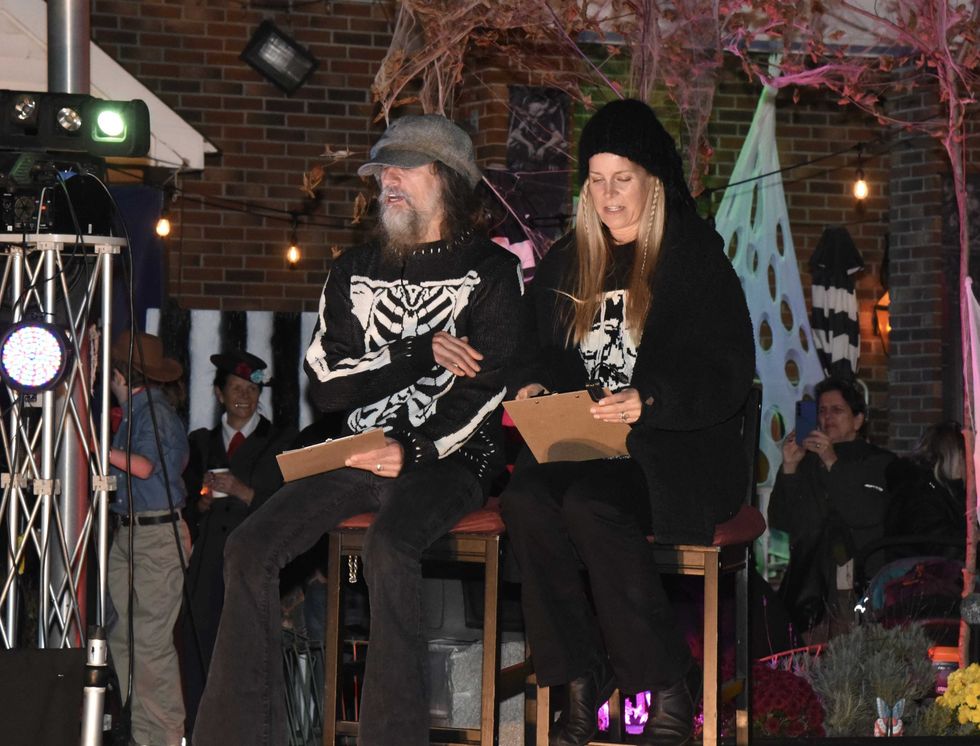
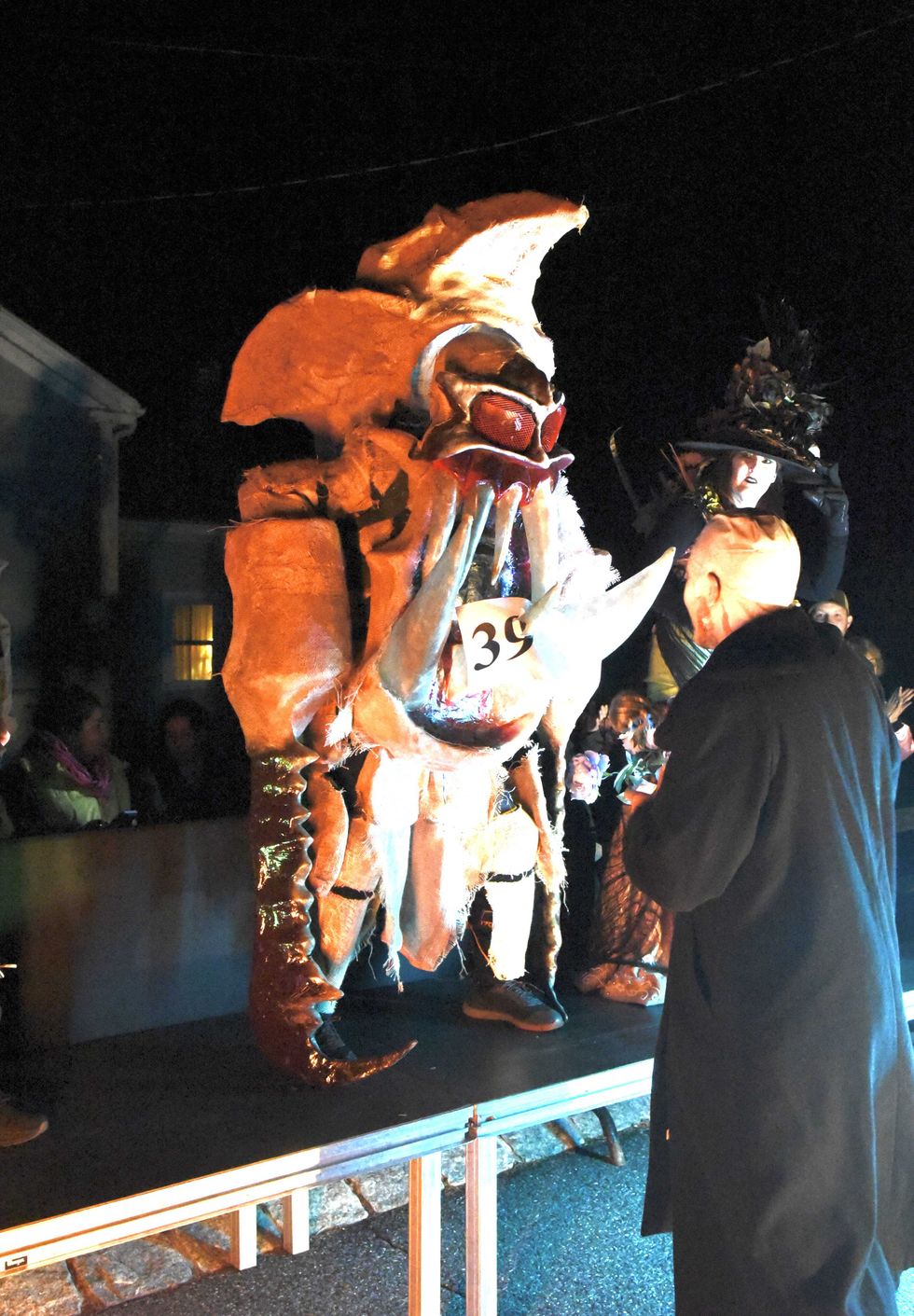
Keep ReadingShow less
loading

